I plan to cut off the sample this weekend and wash it to see how it drapes. It is dense (but so were many period wool fabrics), so I might also sample it at 20 epi. After these, I will sample with Jaggerspun 20/2 and eventually their 18/2 Superfine as well.
|
I started a sample piece of weaving to test out the use of the RH loom with very fine wools. For this I am using two 12.5 dent heddles and a tabby weave. This gives me 25 ends per inch, which is not bad. I was worried that the friction caused by moving the heddle back and forth would abrade the wool enough that I would only be able to use it as a shedding mechanism and I would have to pack the weft with a weaving sword. Fortunately, the worsted spun 18/2 yarn from EPiC (sold through the Yarn Barn of Kansas) works exceedingly well on this type of loom and there are no issues at all.
I plan to cut off the sample this weekend and wash it to see how it drapes. It is dense (but so were many period wool fabrics), so I might also sample it at 20 epi. After these, I will sample with Jaggerspun 20/2 and eventually their 18/2 Superfine as well.
2 Comments
This summer a news crew from NBC covered the SCA and the Pennsic War. I think the coverage is quite nice and covers a fair bit of the activities one can enjoy in the Society. Click pic for link to the full story :-)
I have made a couple of posts recently about rigid heddle looms in general and also how to use them for SCA projects. Because I think these are a great gateway to the weaving world, I plan to continue to add to those posts in hopes of helping new weavers make use of these tools. In the SCA time period, a good deal of the textiles were wool. In some areas and times it was the predominant fiber type and often individuals seeking to upgrade their look start looking to add wool garments into their kit. Fortunately, wool is a great material for weaving! Wool has a natural give and does not require high tension to bewoven (some fibers, like linen need to be at a high tension for it to behave on the loom). Of course, not all wool is created equal and many that are nice for weaving can stump the new artisan when problems do arise. Here are a few tricks that might help the new rigid heddle weaver have a better experience with wool.
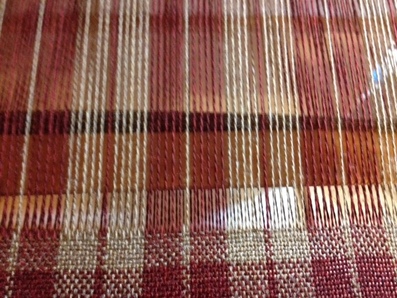 The back of the stick shuttle pressing towards my finished weaving allows me to see which threads are truly on top, and can let me see a potential error before I make it. The back of the stick shuttle pressing towards my finished weaving allows me to see which threads are truly on top, and can let me see a potential error before I make it. The other reason to wrap only on one side is that you can then use the clear side of the shuttle to press press towards you occasionally to verify that all threads are where they are supposed to be and you are not skipping a thread because it is not rising as it should. A good tutorial for wrapping can be found at this link - though note that rigid heddle weaving I prefer to wrap it only on one side. http://askthebellwether.blogspot.com/2009/12/how-do-you-wind-on-stick-shuttle.html#.VLleOSeoA6E
Most of my costuming and fiber arts projects revolved around the periods I enjoy studying historically. Focusing my efforts in that manner actually helps get more done by keeping me on track. For this reason I do not typically do things like card wool. Instead I comb the fiber as that is how it was done in the Viking era. Likewise, I do a gentle wet finishing of a final woven good, and go out of my way to not felt or full the final fabric. This weekend I chose to play around just a bit with both carding and fulling on extra fabric I had that I wove and the chaff that is left in the combs from the combing process. I got wool combs from an auction recently for only $10. I dug out the boxes of wool fluff left from the combing process and decided to give it a try. The white Icelandic spins decently after carding (some of that still has a staple of 2", though most is less than that), the moorit I have is full of lumps and noil (and has an average staple length of 1 inch) and works into a very unappealing yarn. I will likely continue to process both and just save them to be added into a rug weft later. Historically, I think that a Norse woman might have used the left over bits as stuffing for cushions or as insulation inside shoes.
I also took a length of cloth that I have woven on a rigid heddle loom out of leftover rug yarn and decided to full it in the washing machine just to see how it would come out. It shrank over three inches in length, but the wool became exceptionally soft given that it was rug wool. I thought it would compact more, and still be coarse and I had planned for using this as a rug, but now I think I might turn it into a warm hood (lined with linen) for winter camping if there is enough fabric. For those unfamiliar with the process, fulling wool takes a finished piece of weaving and with hot water and agitation (and often use of detergent, urine or a mineral called Fullers Earth) it locks the wool fibers together, closes the gaps in the weaving and gives the resulting textile a better ability to shed water and insulate against the cold. I merely tossed mine in the washing machine with hot water on the heavy cycle and then dried it in the dryer. Historically the early Norse wove fine dense fabrics, with combed rather than carded fibers, and did not need to finish cloth in this manner before use. 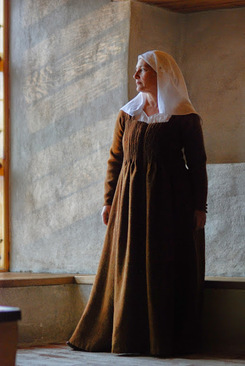 Location: Turku Castle. Photo credit: Karolina Suominen. Used with permission. Location: Turku Castle. Photo credit: Karolina Suominen. Used with permission. I love that the internet allows one to connect with (and be inspired by) artisans all over the world. Mistress Sahra is a master artisan who is known to many as someone who does exceptional Finnish tablet weaving. Along with Maikki Karisto, she authored the book Applesies and Fox Noses. This work which has really changed the way many re-enactors look at, and produce, tablet weaving. (This works seems to have helped many people take a step away from bands comprised entirely of diamonds or chevrons to more complex patterning.) What I recently learned is that she also weaves textiles and recreates extraordinary historic garments. (Actually, until today I was unaware that she was even in the SCA. She hails from the Barony of Aarnimetsä in the Kingdom of Drachenwald.) As much as I love her tablet woven bands, I have to say that I am more impressed with her work on garments and in creating an entire medieval presence. She has two blogs, one of which is located here: http://turkudress.blogspot.fi/ This blog covers every step of her project to recreate a dress from medieval Turku, from research, to design, to weaving and then crafting the gown. The amount of work in this one garment is astonishing and the end results are excellent. To see her other work (both tablet weaving and in garments), you can visit her additional blog here: http://hibernaatio.blogspot.fi/ The blog is loaded with great photos of her work, as well as events she attends (and those in Drachenwald really have some incredible event sites). It is definitely worth looking at for inspiration!
Links
New procedures for Land Registration
Land Agents - there are some big changes in the procedures for Pennsic War 44 (2015)! First change When Land Agents receive their block confirmation letter, your block map and Camp Authorization form will be with it. Please print them out and bring them with you. It will save you a step in the land process. Upon arriving, between 12:00 noon Friday July 24, 2015 and 11:00 am Saturday July 25, 2015, Land Agents will park on the battlefield, and then troll in. Please remember to walk your block so you can take into consideration any changes. Then proceed to the Great Hall. If you have not brought the info emailed to you, you’ll need to go through the line marked "Land Packets" to pick up your land packet, same as previous years. Second change If you have printed and brought your info with the confirmation letter, then you won't need to stand in the Land Packet line. Just come to an agreement with the other groups in your block and with acquired signatures, proceed to the lines marked "Completed Maps" in the Great Hall. Third change You will then, if needed, sign the gas line notice, receive a stamp for your camp authorization and up to 5 vehicle passes. Those who finish this process and receive their vehicle pass can drive to their block at that time, even if it's Friday. A maximum of 5 vehicles will be allowed on site per encampment until all blocks have been approved. All other vehicles will have to wait until after Land Registration is over on Saturday, July 25, 2015. That's right! You read it correctly! You will receive up to 5 vehicle passes (which gate guards will collect) to be admitted on site to setup as soon as you have submitted your required paperwork on Friday or Saturday! Upon receiving the vehicle passes, proceed to the Gate to enter. Please note: once you are admitted to setup, you cannot leave and come back until Saturday after 12 noon unless you see me in the Great Hall and receive one pass per encampment to leave site. These passes will be collected at the gate upon return. The Watch and Land will be patrolling the blocks, so please remember to post your camp authorization. Land office hours: Friday: 12 noon to 11:45 pm Saturday: 8 am to 12 noon - All block assignments should be complete at that time. Fourth change There will be NO Fires allowed on the battlefield Friday night. This will be strictly enforced! Seniority Land Points For each year you have camped on your block you have received 1 Land Point towards seniority. Anyone who is still on site after 12 noon Sunday August 9, 2015 will lose 1 point. Anyone who does not leave their campsite clean will lose 1 point. |
About Me
I am mother to a billion cats and am on journey to recreate the past via costume, textiles, culture and food. A Wandering Elf participates in the Amazon Associates program and a small commission is earned on qualifying purchases.
Archives
July 2024
Categories
All
Blogroll of SCA & Costume Bloggers
Below is a collection of some of my favorite places online to look for SCA and historic costuming information.
More Amie Sparrow - 16th Century German Costuming Gianetta Veronese - SCA and Costuming Blog Grazia Morgano - 16th Century A&S Mistress Sahra -Dress From Medieval Turku Hibernaatiopesäke Loose Threads: Cathy's Costume Blog Mistress Mathilde Bourrette - By My Measure: 14th and 15th Century Costuming More than Cod: Exploring Medieval Norway |
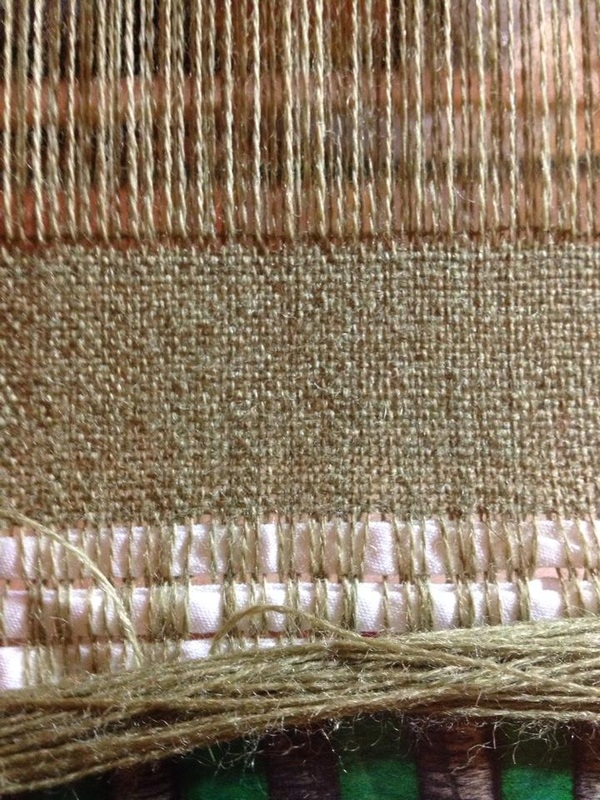
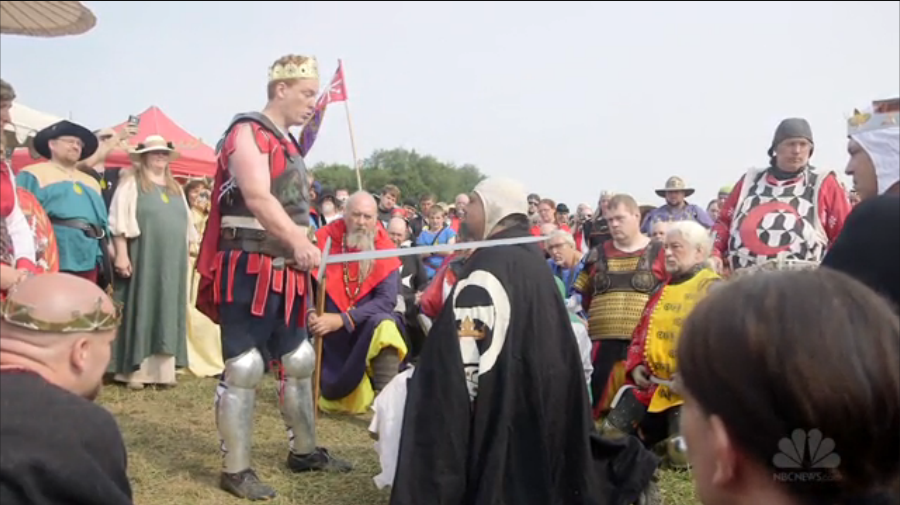
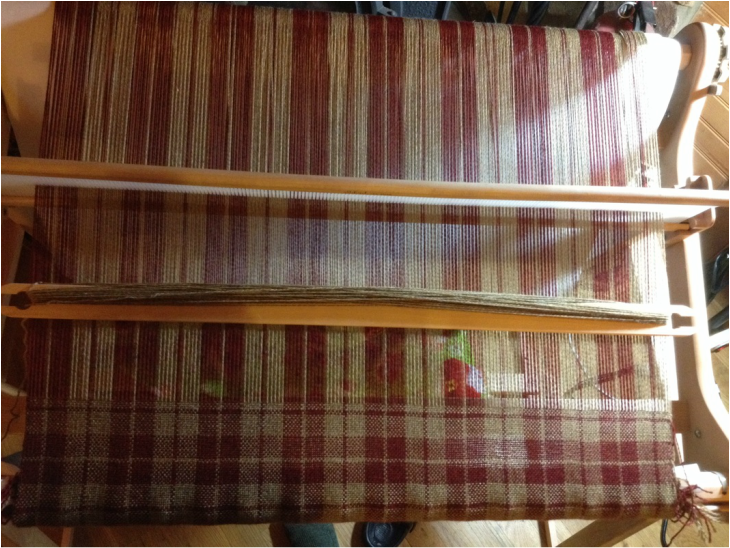
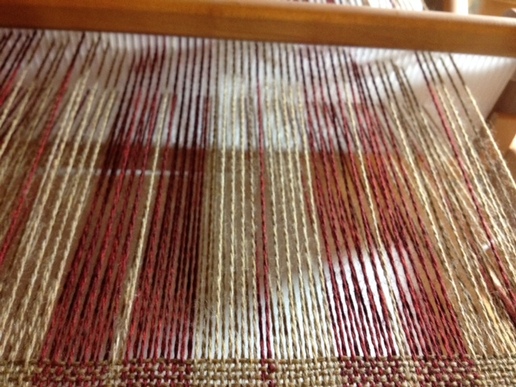
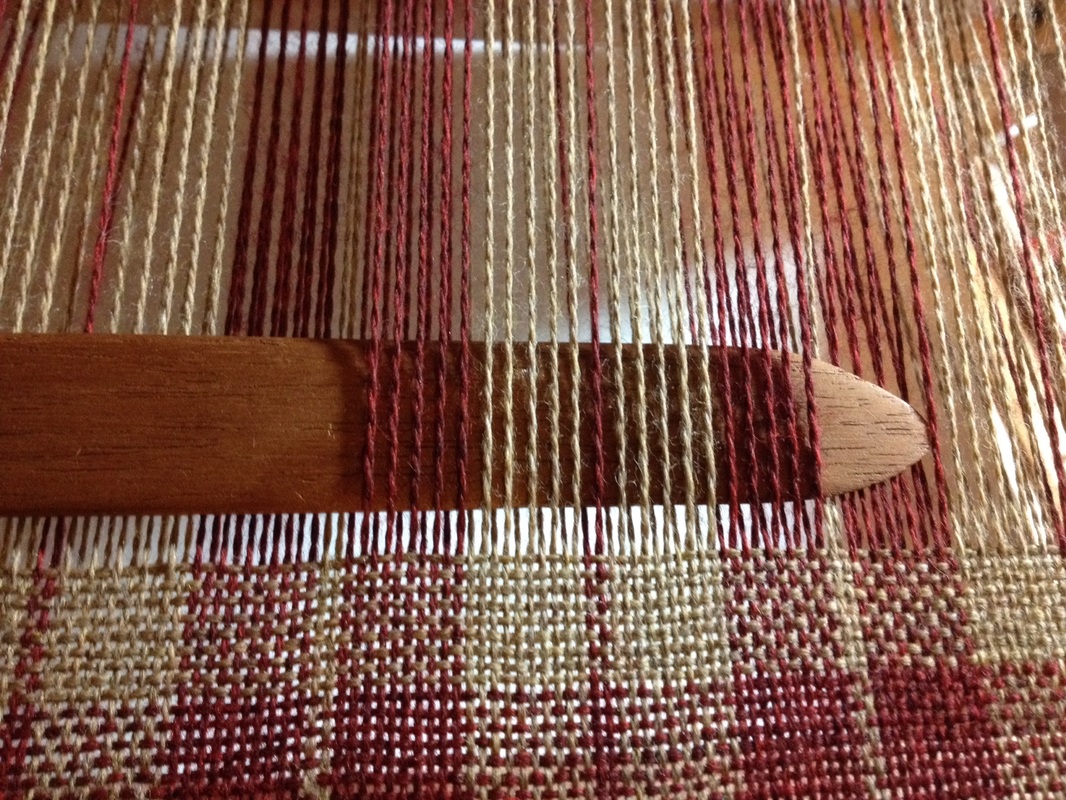
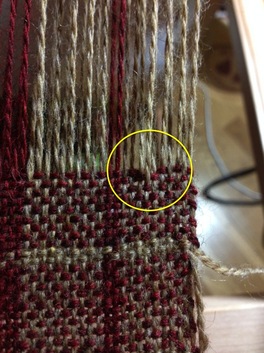
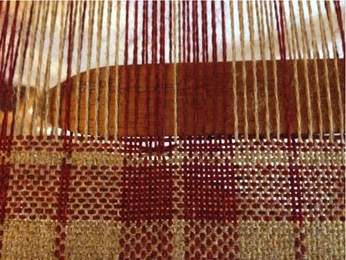
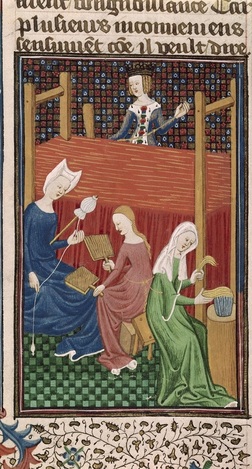
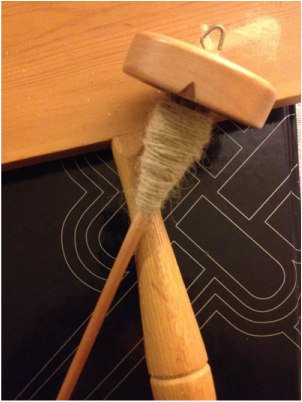
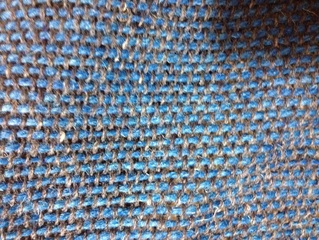
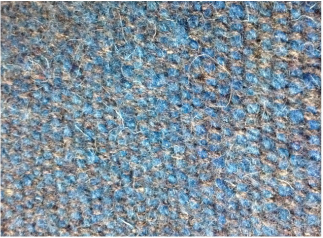
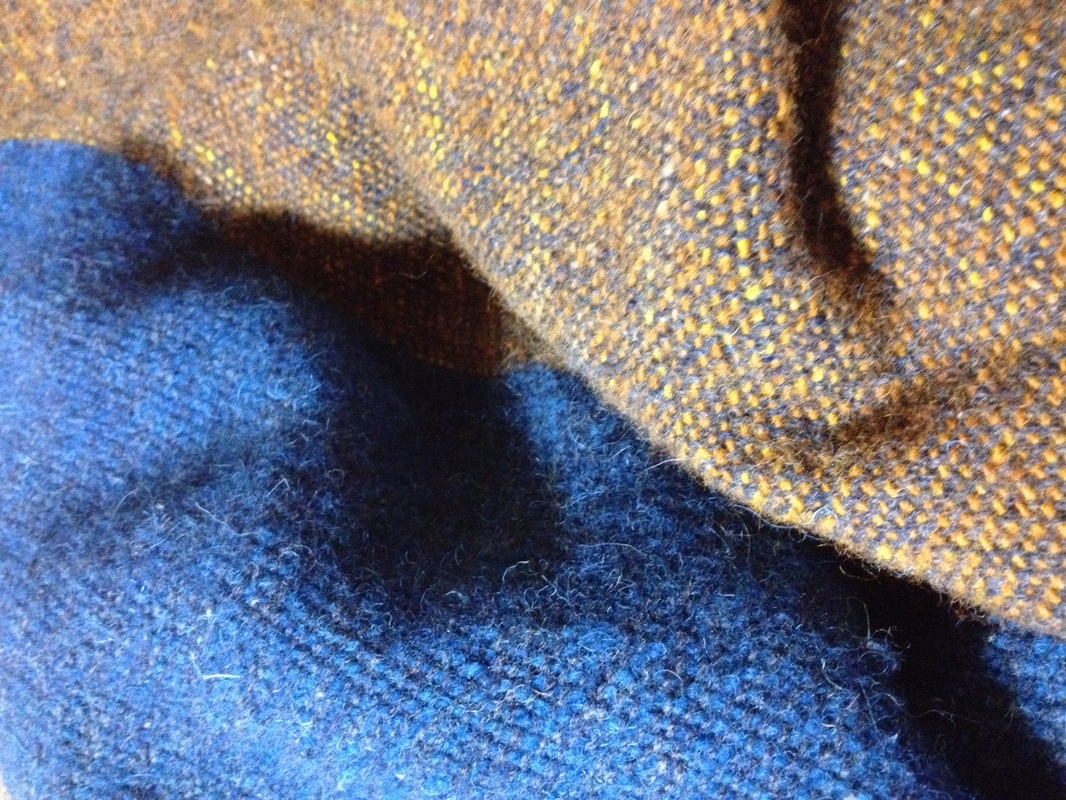
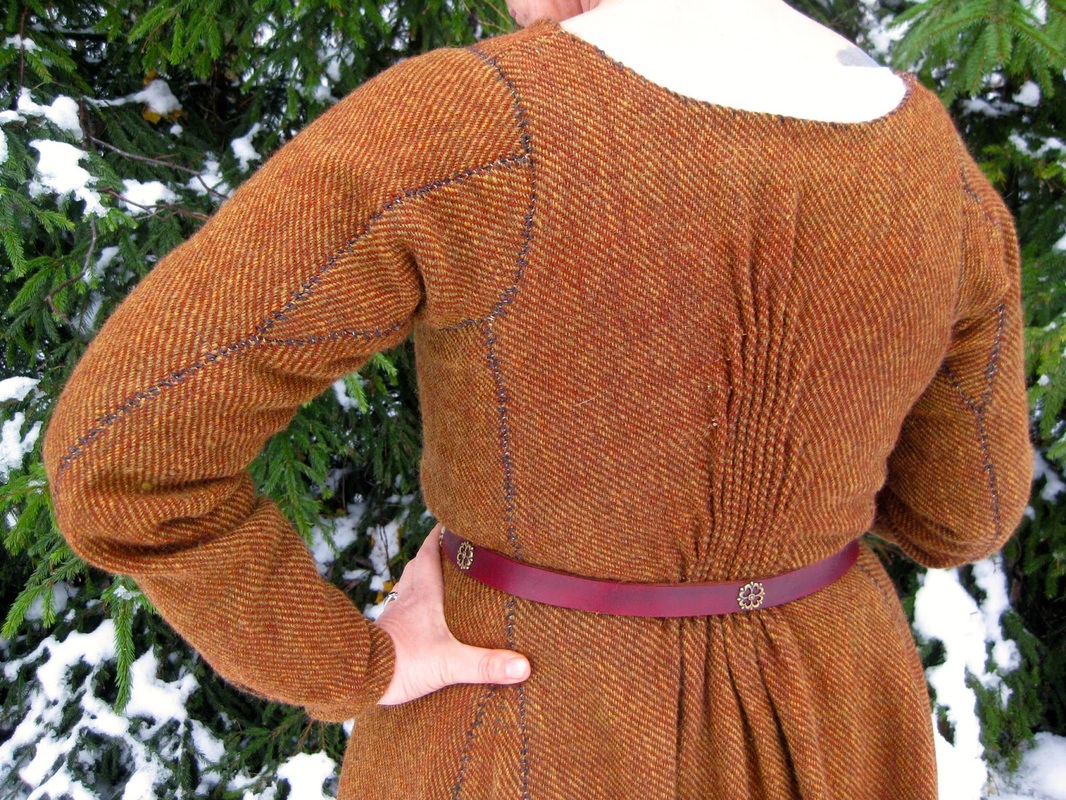
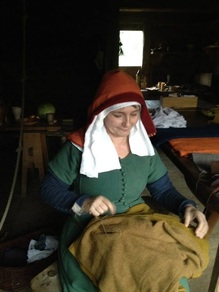
 RSS Feed
RSS Feed